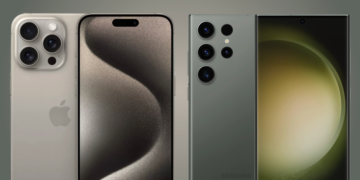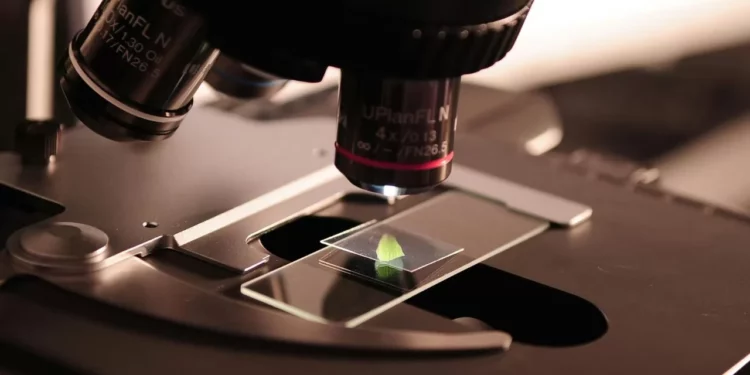Taking into account the capabilities of the gjysmëpërçuesit be the first to grafenit, and a new type magnetizmi to be discovered, thanks to the përdredhjes of this, we can say that it is the tool of the future. However, the potential of this trait is not confined to the conductivity, resistance, and magnetism, but also extends the life.
Through the discovery of the properties unique to the two of the compounds to specific areas of the optikës health and it can vary significantly by providing contact lenses intelligent and capable of expanding our reality and the ability to detect the disease sooner and more economically. The research, conducted by Konstantin Novoselov, the winner of the Nobel Prize for Physics in 2010, and it has brought out the full potential of the powerful diselenidit the reniumit (ReSe2), and the disulfidit the reniumit (ReS2).
In these materials, the structure is two-dimensional-like grafenin, are on their characteristics and unique, especially in relation to the manipulation of light.
The discovery is the result of the research carried out in collaboration with the Xpanceo, a startup specializing in technology, the most advanced, with a view of the development of the lens intelligence contact who seek to change the way that ndërveprojmë with the truth. The expectation was that the ReS2 and ReSe2 can ensure the performance of lens needed for this ambitious project: it is strange, literature, demonstrated abilities beyond expectations.
The short-axis lens of such a material, you can move and rotate in different directions, and even beyond 90 degrees. This feature also allows the direction of the light is changed by simply changing the height of the wave, a result described by Novoselov, as “revolutionary”.
The impact of these findings go beyond the lens of intelligent access. Xpanceo plans to use the ReSe2 and ReS2, to improve the perception of the size of a human and the development of the sensor biokimikë to the more advanced. The latter can, for example, to make the analysis of a blood, faster, cheaper, and more accessible thanks to the spektroskopisë Raman, a technique that analyzes the structures of the chemicals being used laser.



















































Discussion about this post